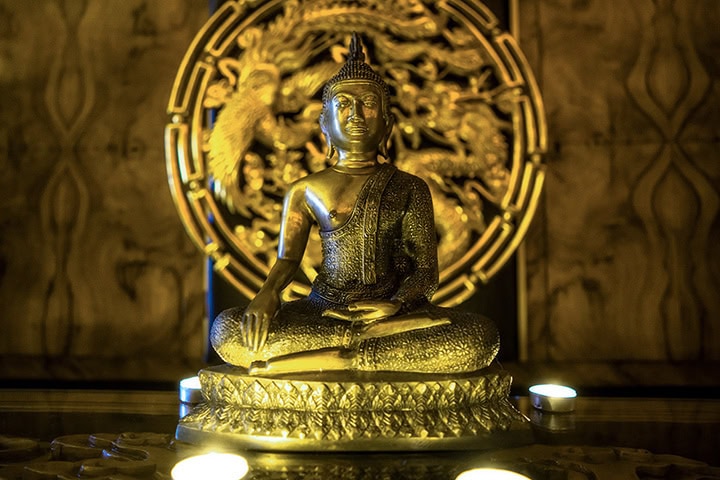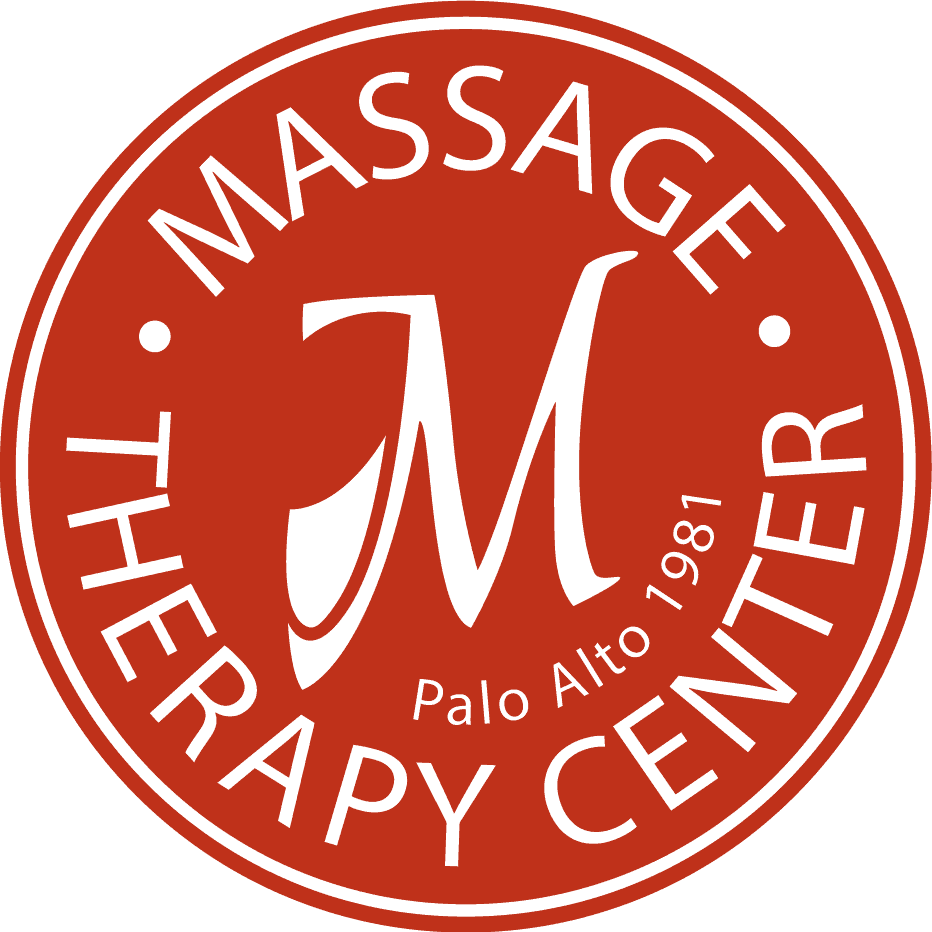
Traditional Thai Massage is over 1,000 years old and takes its roots from both Yoga and Ayurveda in India, and Tui Na and Acupressure from Chinese medicine. It is an integral part of Thai medicine, based on the intrinsic energy flow and energy balance theory of health. In Thai medical theory, the body’s vital life energy flows along channels called Sen. This energy powers all the physical, mental, and emotional processes that function optimally when energy supply matches demand.
In Thai massage, the receiver wears loose clothing such as yoga pants and a tee shirt. In a session, the practitioner uses palms, thumbs, feet, knees, and elbows to apply steady, deep pressure along energy lines. Other techniques are used to apply twists and stretches, and these resemble a kind of applied yoga. At all times, the pace is measured and unhurried for a result of smooth, variable, coordinated movement.
Thai massage clears blockages and helps to maintain a youthful, pain-free body. It restores balance within and between functional groups of muscles to ease pain, increase flexibility, and improve posture. It can be a powerful support to those with chronic pain. Feeling longer and taller is an immediately noticeable effect of Thai bodywork, which stretches muscles and mobilizes joints just a little further than you would be capable of when unaided. The endocrine and neuromuscular effect is one of greater physiological homeostasis, and the overall effect is a sense of nurtured well-being.
